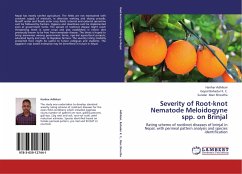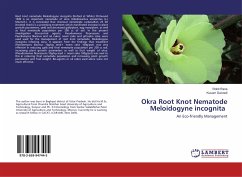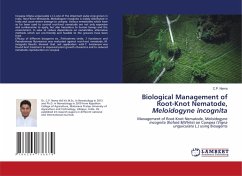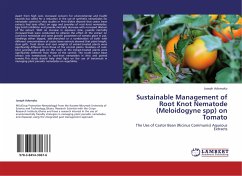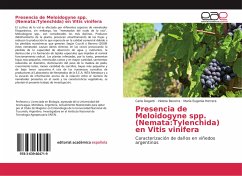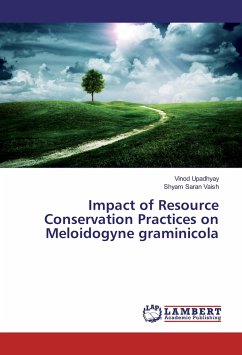
Impact of Resource Conservation Practices on Meloidogyne graminicola
Versandfertig in 6-10 Tagen
24,99 €
inkl. MwSt.

PAYBACK Punkte
12 °P sammeln!
This book describes the impact of resource conservation practices and conventional practices on population dynamics of Meloidogyne graminicola under rice- wheat cropping system in eastern Ballia district of Uttar Pradesh. It was found that that those fields which got the intervention of resource conservation practices showed maximum stunting with reduced shoot weight and root weight showing high population nematode densities, root knot index and narrow nematode to root biomass ratio of M.graminicola as compared to conventional pract. It was also found that those tillage practices where residue...
This book describes the impact of resource conservation practices and conventional practices on population dynamics of Meloidogyne graminicola under rice- wheat cropping system in eastern Ballia district of Uttar Pradesh. It was found that that those fields which got the intervention of resource conservation practices showed maximum stunting with reduced shoot weight and root weight showing high population nematode densities, root knot index and narrow nematode to root biomass ratio of M.graminicola as compared to conventional pract. It was also found that those tillage practices where residues were left on the field itself (with residues) has high population, root knot index and narrow nematode to root biomass ratio as compare to practices where crop were harvested from ground level without leaving residues in the field. Contrarily, zero till rice- zero till wheat + sesbania sp. showed low population densities.




